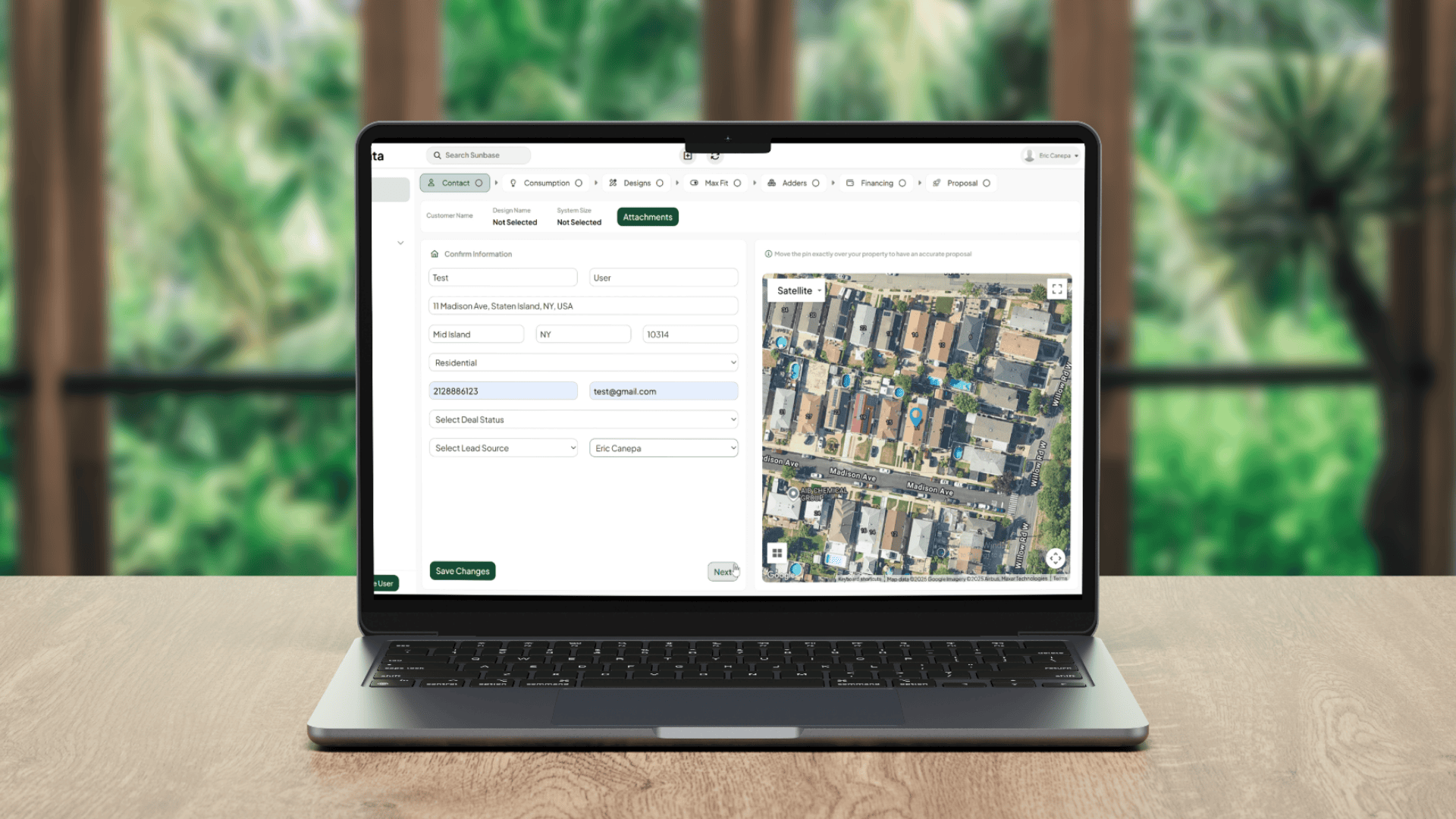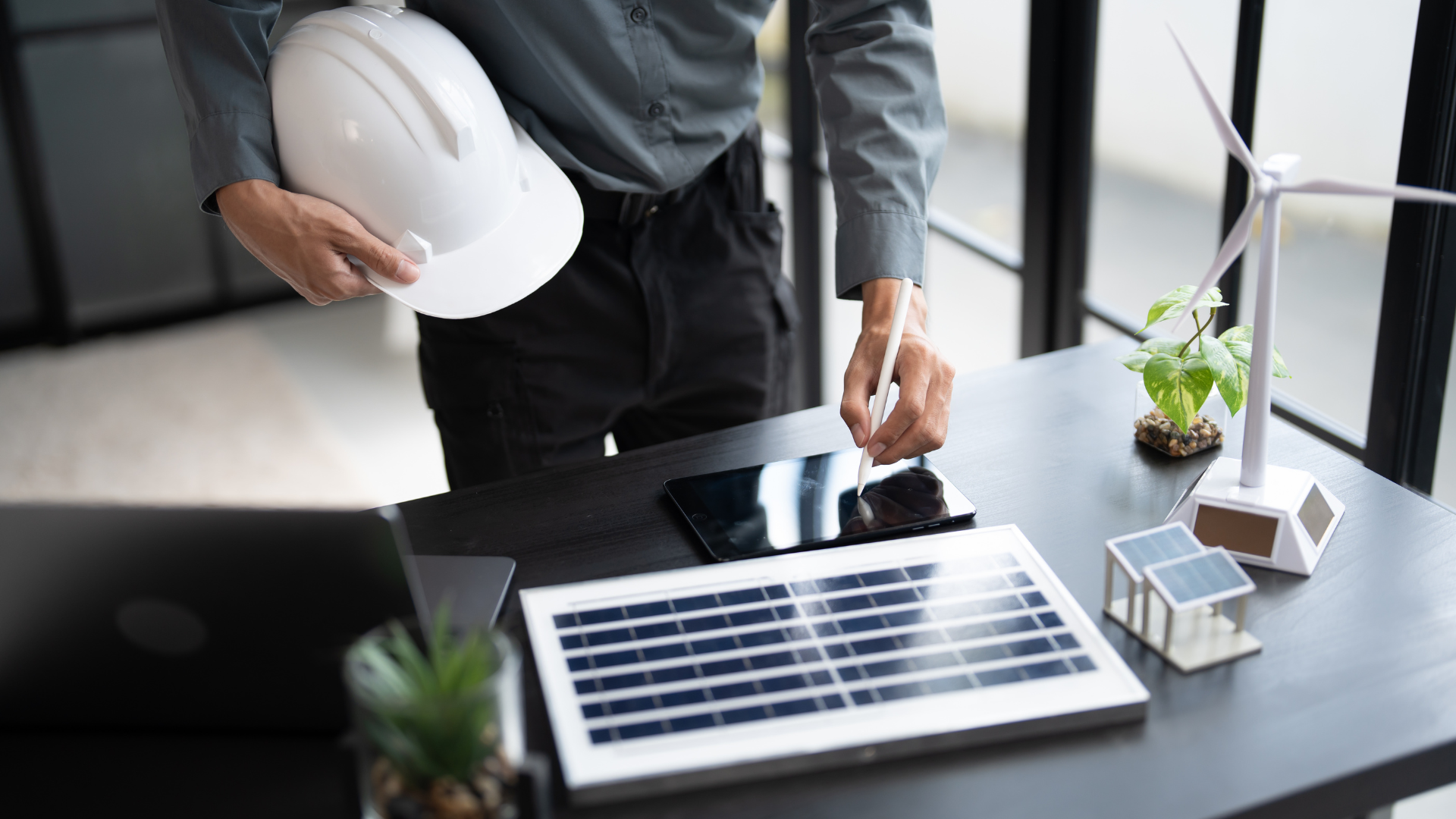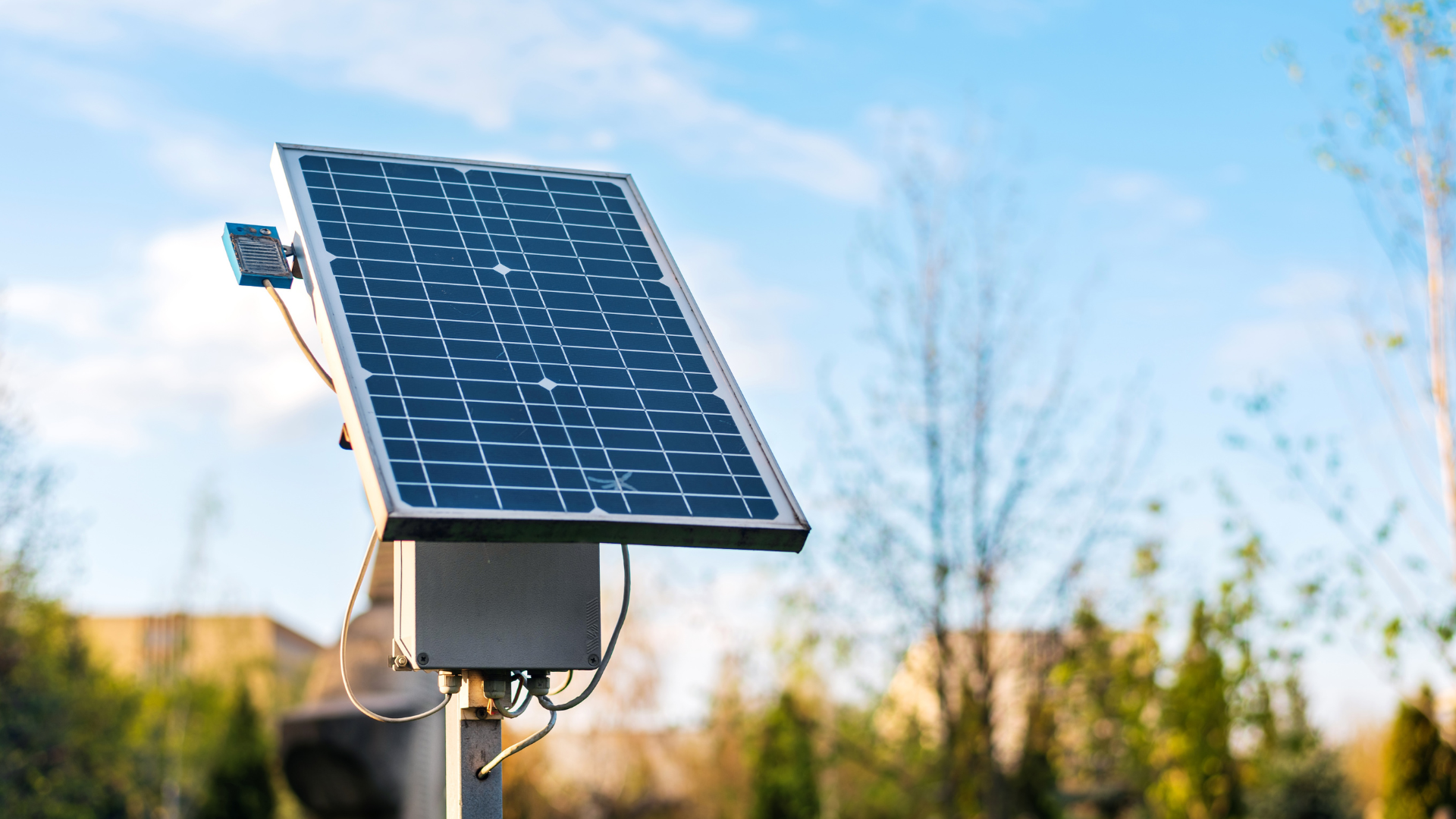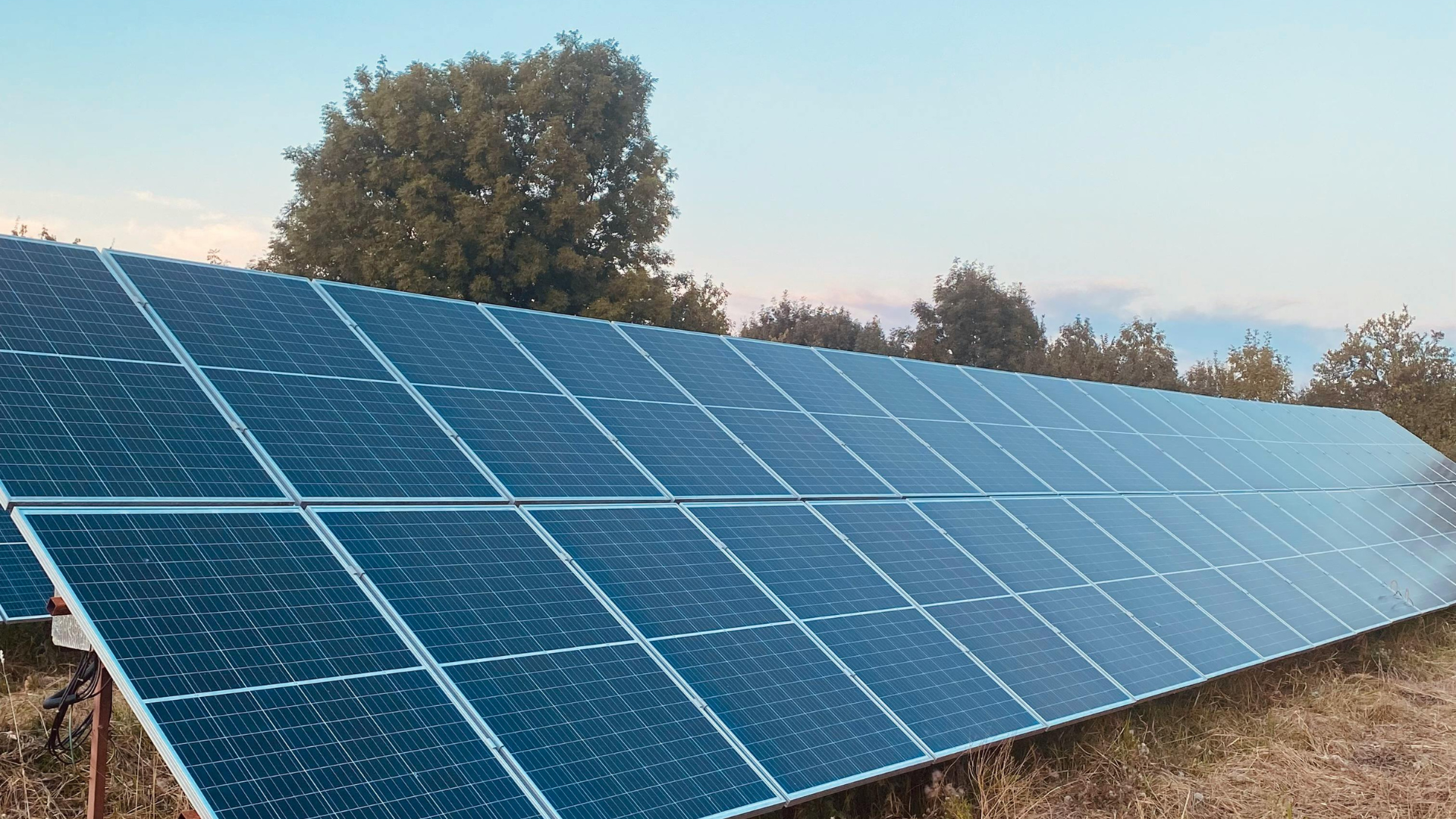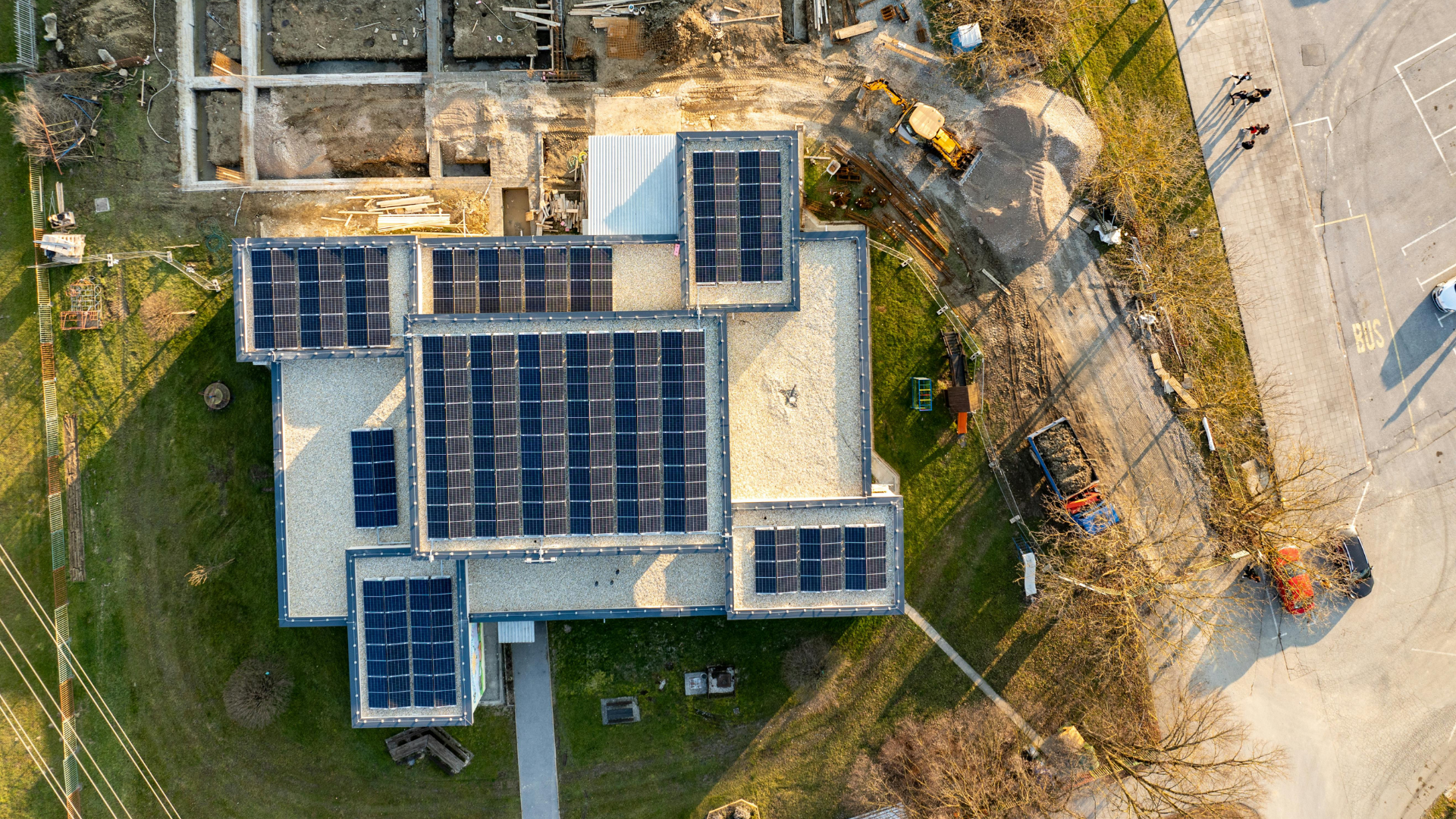December 21, 2023
Embarking on the journey towards harnessing solar energy is a commendable step toward sustainability and a reduced carbon footprint.
However, the success of any solar panel installation hinges on a critical yet often overlooked aspect: the Solar Site Survey.
A solar site survey is the first and most important step in designing an efficient solar power system. It involves evaluating the property, analyzing shading, checking roof conditions, and reviewing electrical infrastructure to determine whether the site is suitable for solar installation.
Solar Site Survey Checklist: Everything You Should Know
A well-executed solar site survey is the first step toward a successful solar installation. A Solar Site Survey Checklist acts as a practical guide, outlining all the critical components, measurements, and considerations needed to assess a site’s solar potential.
In this detailed guide, we'll explore the importance of a solar site survey checklist. We will uncover the essential components, requirements, and formats that contribute to a successful solar site survey.
With this knowledge, you’ll be equipped to confidently plan and execute surveys, helping you navigate the renewable energy landscape with ease and precision. So, let's get started!
Key Takeaways
- A solar site survey checklist ensures all critical information—structural, electrical, environmental, and client-specific—is collected before installation.
- Following a structured checklist minimizes errors, improves design accuracy, and leads to safer, more efficient, and cost-effective solar installations.
- The checklist covers customer information, site measurements, shading analysis, electrical details, and safety concerns for a complete assessment.
- The survey report format should cover property details, structural measurements, electrical assessment, shading analysis, and consumption data for clarity and compliance.
What Is The Solar Site Survey Checklist?
A solar survey checklist lists items that should be included in a survey of a potential solar power installation site. The checklist should include items such as the size and orientation of the site, the amount of shading, the availability of water and electricity, etc.
By including these items on the checklist, solar installers can ensure that they can collect all of the necessary information about a potential installation site.
What Information Do You Need To Gather From A Site Survey?
Usually here's what needs to gather from the survey:
1. Customer information:
This can include things like the customer's name, contact information, company's name, and the property's address that will be surveyed for the solar system installation. This information will help ensure that the survey is conducted properly and accurately.
2. Site information:
This includes things like the Location of the site, latitude and longitude, roof height, roof pitch-free space, structure type ( RCC/ Metal sheet) the terrain, and any potential obstacles that may be present.
This information is important to determine the best way to set up your solar panel system and ensure that you have a clear signal.
3. Site data:
You'll need to collect various data points about the site itself, such as its location, size, topography, climate, and so on.
This data will help determine the best way to access the site, what type of equipment will be needed, and what safety precautions need to be taken.
4. Electrical Infrastructure:
To properly assess a potential electrical installation site, you will need to gather information about the electrical system and infrastructure.
This includes the Electrical grid, Connection type ( single/3 phase) power lines, Sanctioned load, Installed capacity and voltage of transformers, Consumption load, and other wiring.
You will also need to find out about any permits or licenses that may be required. Once you have this information, you can start to assess the feasibility of the project.
5. Potential hazards:
You'll need to be aware of any potential hazards that may be present at the site, such as toxic materials, dangerous wildlife, steep terrain, and so on. This information will help you plan for a safe and successful survey.
6. Additional documents:
If the site you're surveying is part of a larger project, you'll need to gather any additional documents that have been prepared for the project.
This could include things like engineering reports, geotechnical reports, recent electricity bills, single-line diagrams, rooftop sketches, site photos, CAD files, environmental assessments, and more.
7. Client requirements:
It's important to understand the client's requirements for the project, as this will dictate what needs to be included in the survey. Things like the purpose of the survey, the budget, the timeline, and any specific concerns or requests they may have.
Read Solar Energy Software Simplified to learn more about Sunbase Solar Design Software
Components Of A Solar Site Survey Checklist
By incorporating some considerations into your solar site surveys, solar installers can make informed decisions and provide accurate assessments of the suitability of a location for solar power installations. Here's a breakdown of all the components:
1. Local Climate
Average sunlight: Measure the amount of sunlight the location receives throughout the year. Tools like solar maps can help provide this information.
Average temperatures: Consider temperature variations and extremes, as they can affect solar panel efficiency and lifespan.
2. Site Assessment
- Size of the site: Evaluate the available space for installing the solar energy system. Larger sites may accommodate larger systems.
- Orientation: Determine the optimal orientation of solar panels based on the site's geography. South-facing solar installations generally receive the most sunlight.
- Shading: Identify potential sources of shading, such as trees or nearby buildings, as they can significantly impact azimuth solar exposure and therefore energy production.
- Availability of water and electricity: Ensure that the installation site has access to necessary resources for maintenance and operation.
3. Performance Evaluation
Assess the solar system's performance based on the collected data on the site survey form. Use software tools or models to estimate energy production.
Consider local regulations and permitting requirements, as they can impact the feasibility and timeline of the installation.
Also, evaluate the economic viability, including the cost of installation, potential savings, and available incentives or rebates.
4. Environmental Impact
Assess the environmental impact of the installation. Consider factors such as land use, potential disruption to local ecosystems, and disposal/recycling of materials.
5. Financial Considerations
Evaluate the return on investment (ROI) and payback period to determine the project's economic viability.

Solar Site Survey Report Requirements and Format
A solar site survey is an essential step in the process of planning and designing a solar energy system. It involves collecting data and analyzing various factors to determine the feasibility, efficiency, and overall success of a solar installation at a specific location.
To ensure the accuracy and consistency of a commercial or residential solar site survey report, certain requirements and formats must be followed when conducting a solar site survey.
Now we will outline these requirements and provide a detailed format for conducting a comprehensive solar site survey:
Requirements Of A Solar Site Survey Report
1. Property Ownership Information
The first requirement for a solar site survey is to obtain ownership information of the property where the installation will take place. This includes the name and contact information of the property owner as well as any relevant legal documents such as land deeds or lease agreements.
2. Structural Information
Accurate and detailed structural information is crucial for determining the appropriate placement and mounting of solar panels. This includes measurements and diagrams of the roof, as well as any potential obstructions such as chimneys or vents.
3. Electrical Infrastructure
A thorough understanding of the property's electrical infrastructure is necessary to determine if it can accommodate a solar installation. This includes information on the main electrical panel, utility meter, and any existing wiring or circuits.
4. Shading Analysis
The amount of shade that falls on a property can greatly affect the efficiency of a solar energy system. A shading analysis must be conducted to determine potential obstructions such as trees, buildings, or other objects that may cast shadows on the solar panels.
5. Energy Consumption Data
To accurately size and design a solar energy system, data on the property's energy consumption is required. This includes historical energy bills and usage patterns to determine the appropriate system size and potential cost savings.
Format Of A Solar Site Survey Report
1. Introduction
The first section of the report should provide an overview of the purpose of the survey and the scope of work to be completed.
This section usually highlights why the survey was conducted—whether for a residential, commercial, or industrial solar installation—and the expected outcomes.
2. Property Information
This section should include all relevant ownership and structural information. It should include ownership details, property type (residential, commercial, agricultural, etc.), address, GPS coordinates, and site accessibility.
3. Electrical Infrastructure
It provides a detailed assessment of the property's electrical infrastructure, including any necessary diagrams or measurements.
Single-line diagrams, photos, and panel schedules should be attached for better clarity. This helps installers determine whether the property can handle additional solar-generated power or if upgrades will be required before installation.
4. Shading Analysis
Include a shading analysis report with diagrams and images to demonstrate any potential obstructions that may affect solar panel placement.
5. Energy Consumption Data
This section should include a thorough analysis of the property's energy consumption and how it may impact the design of the solar energy system.
Conclusion: The final section should summarize the findings of the survey and provide recommendations for moving forward with the solar installation process.
Additional Considerations
1. Weather Conditions
It is important to take into account weather conditions, such as average sunlight hours and potentially extreme weather events, when conducting a solar site survey.
2. Local Regulations
Before beginning the survey, it is essential to research any local regulations or restrictions that may impact the installation of a solar energy system.
3. Safety Precautions
When conducting a physical assessment of the property, safety precautions must be taken to avoid any accidents or injuries.
Things You Must Remember
1. The report should be accurate and up-to-date
Solar panels can only be installed at locations that receive enough sunlight, so the report must include data on sunlight exposure.
2. The report should be comprehensive
It should include information on all potential obstacles to solar panel installation, such as shading from trees or buildings.
3. The report should be well-organized
Solar companies need to be able to quickly and easily find the information they are looking for.
Also check out: The Importance of a Thorough Solar Site Survey
Sunbase CRM: Simplifying Solar Sales
Sunbase is an all-in-one solar management platform designed to help solar companies streamline their operations from lead generation to project completion.
It provides tools for CRM, project tracking, proposal generation, financing integrations, and workflow automation, ensuring teams spend less time on manual tasks and more time closing deals.
With features like real-time communication, document management, and performance analytics, Sunbase empowers solar businesses to increase efficiency, improve customer experience, and scale faster in a competitive market.
Ready to take your solar business to the next level? Schedule a demo with Sunbase today and see how it transforms your operations.
Conclusion
Solar Site Survey Checklist acts as a comprehensive guide for solar installers, offering a structured approach to evaluate potential installation sites.
From considering the local climate and site-specific details to assessing environmental impact and financial considerations, this checklist ensures a thorough analysis of key factors.
By adhering to the checklist's requirements and format for a detailed solar site survey report, solar companies can make informed decisions, enhancing the efficiency and sustainability of solar panel installations.
About Sunbase
Sunbase helps solar companies succeed with a suite of Solar CRM tools, including Solar Lead, Lead Management Software, Solar Proposal Software, and more!
To book your demo or appointment, contact us here!
FAQs
What additional documentation should be collected during a solar site survey?
Supplementary materials like site photos, CAD drawings, environmental assessments, geotechnical reports, and utility plans enhance design accuracy—especially for complex installations.
How important is roof condition and measurement in solar site surveys?
Inspecting the roof’s condition ensures it can support solar panels without replacement soon after installation. Accurate measurements, tilt, and orientation data are essential for optimal design and panel layout.
Should energy consumption data be part of the site survey?
Yes. Reviewing historical energy consumption (e.g., utility bills) helps size the system appropriately and ensures that the design meets the customer’s actual usage patterns and possible future needs.
I agree to receive marketing messaging from Sunbase at the phone number provided above. I understand data rates will apply, and can reply STOP to OPT OUT.


